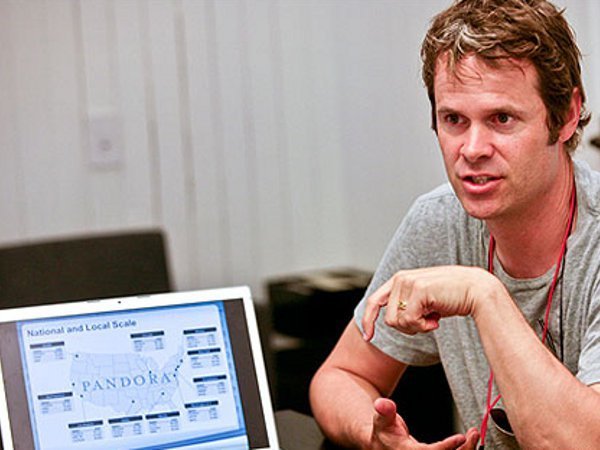

Pandora’s financials are looking pretty snug. Pandora raked in $137.8 million in revenue in FY 2011, which was an explosive leap from FY 2009, when the company made only $19.3 million in revenue. But while revenues were up, so were losses. In fiscal year 2011, the company suffered a net loss of $1.8 million, which isn’t too bad, considering the fact that the company lost $22 million in 2009.
But the company has warned investors that it will be losing money throughout 2012 as well, so no one should be surprised. While Pandora is losing money, business is booming. Registered users are up to 94 million, compared to 53 million the previous year. Additionally, the amount of time users spend on the site has risen to 1.6 billion hours from 0.7 billion hours the year before.
So what accounts for the Pandora boom? Mobile devices. Pandora released the first mobile version of its service for cell phones in May 2007, and by the end of the year, its registered user base shot up from 6.9 million to 10 million. In 2008, Pandora launched an iPhone app and subscribers skyrocketed. The company’s users doubled as 35,000 new listeners were subscribing to Pandora each day to stream their personalized radio from their phones. By 2009, the company had 22 million registered users, and the number has doubled every year since.
The company says that it is adding three million new users each month, and that half of all subscribers are new users subscribing on a mobile device. More than half of all the music streamed from Pandora is streamed via a non-PC device, and the Pandora App has seen 50 million downloads to date.
The company will be hitting the stock market under the ticker symbol “P”.

















